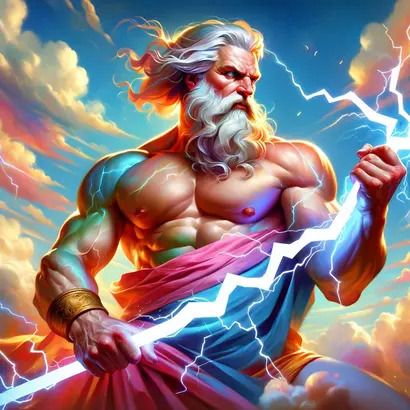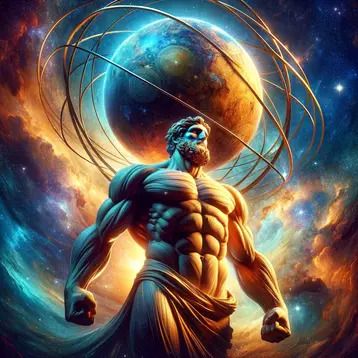
The Pleiades
The Pleiades were the seven daughters of the Titan Atlas and the nymph Pleione. They were in the service of goddess Artemis. They were Maia, mother of Hermes; Electra, mother of Dardanus, founder of Troy; Taygete; Alcyone; Celaeno; Sterope; and Merope. When their father was given the fate of carrying the heavens on his shoulders, Orion started pursuing the Pleiades; Zeus then transformed them into stars to help them evade him. According to other myths, the Pleiades committed suicide after learning the fate of their father, but Zeus decided to immortalise them by transforming them into stars.
The Pleiades Q&A
Link/Cite The Pleiades Page
Written by: The Editors of GreekMythology.com. GreekMythology.com editors write, review and revise subject areas in which they have extensive knowledge based on their working experience or advanced studies.
For MLA style citation use: GreekMythology.com, The Editors of Website. "The Pleiades". GreekMythology.com Website, 24 Jan. 2015, https://www.greekmythology.com/Myths/Figures/The_Pleiades/the_pleiades.html. Accessed 27 April 2024.



